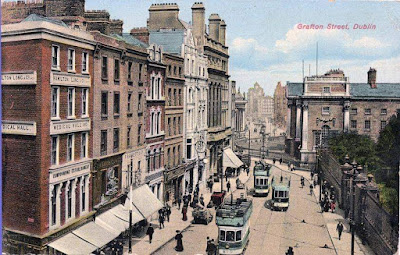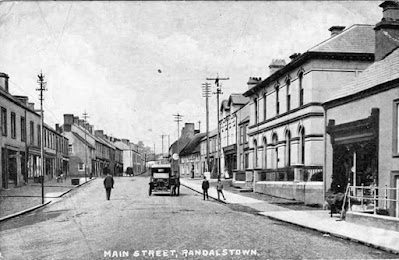John Ross embarked for France in 1916 or early 1917, where he was posted to C Squadron of the 2nd North Irish Horse Regiment.
In September 1917 the 2nd NIH Regiment was disbanded and most of its men were transferred to the 9th (Service) Battalion, Royal Irish Fusiliers – renamed the 9th (North Irish Horse) Battalion. Like most of the men, Ross was transferred on 20 September. He was issued a new regimental number – 41317 – and was posted to C Company.
Ross saw a great deal of action with the battalion over the following year. On the night of 3 November 1917, C Company mounted a major raid on the German trenches near Havrincourt on the Cambrai front. The battalion war diary for that day states:
At 4.30 p.m. 'C' Coy left Ruyaulcourt and marched up to the line to carry out a raid. The enemy's front line was successfully penetrated, from the Canal ... to about 150 [yards] E of it. The fighting was very severe as the enemy refused to surrender. Our men stayed in the enemy trenches for twenty min. and bayonetted and shot at least forty Germans. We suffered some casualties, mostly from bombs:- 1 officer severely wounded; 1 officer slightly wounded; 1 N.C.O. killed; 3 O.R. missing, believed killed; 13 O.R. wounded; 1 R.E. (N.C.O.) severely wounded.
John was wounded in the arm. He recovered, however, re-joining the battalion later that year or in the early months of 1918.
Following the retreat from St Quentin from 21st to 28th March 1918 he was one of the many of the battalion initially posted as missing. It was later learned, however, that he had been wounded, again in the arm. Later that year he was able to re-join the battalion and take part in the Advance to Victory offensive in the final months of the war. During that time he was wounded again, this time in the left knee.
John was evacuated to the UK for treatment. On 14th March 1919 he was discharged, being no longer fit for military service due to his leg wound (paragraph 392 xvi King's Regulations). He was granted a pension, his level of disability having been assessed as 40 per cent.
Ross was awarded the British Victory Medal and the British War Medal.
Following demobilisation, Ross re-joined the Northern Bank on 2nd June 1919 at Head Office. Transfers followed to Portaferry (1920), Lurgan (1926 - pro manager) and Markets (1934 – pro-manager).




















































